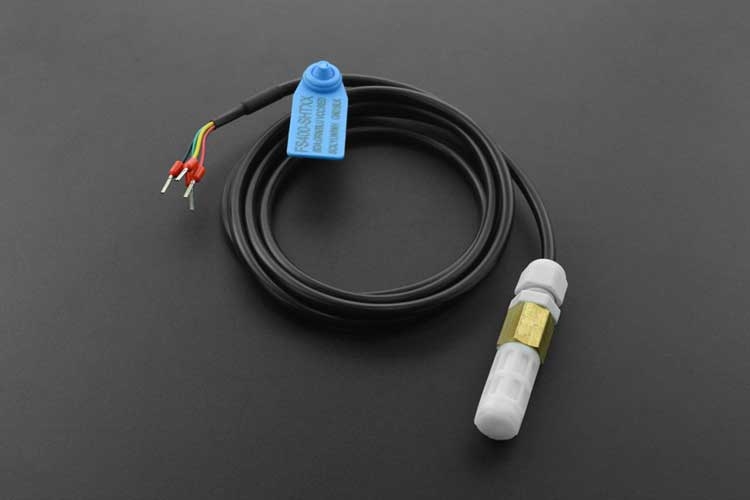- Joined
- Jan 15, 2020
- Messages
- 1,520
- Reaction score
- 1,511
Will they this time actually be willing to sell it instead of clamping down on it with orders limited to one and doubling the price with periphery bundles that were the only way to get it, like they did with the zero?Hey guys. Looks like Rpi has recently announce a $4 arduino style board. The Pi pico. Do we foresee any use for this down the line?
But if they do, it could almost compete with aliexpress arduino clones. Only 3 ADCs though, which kinda sucks, but better than none I guess




















